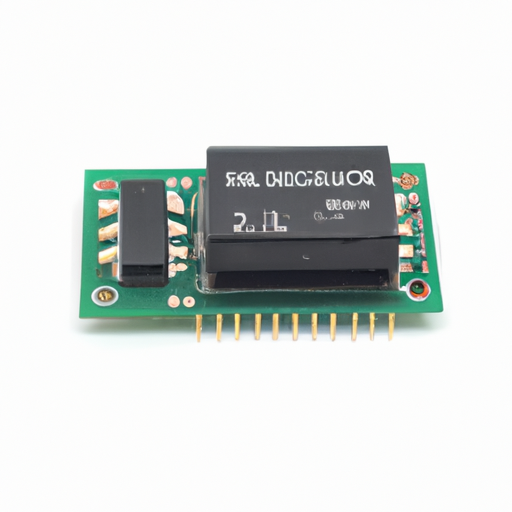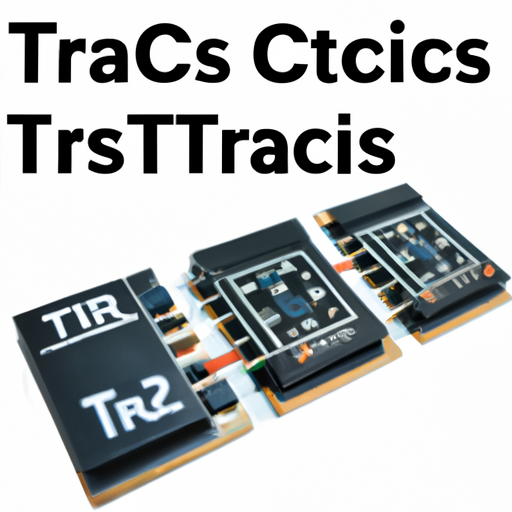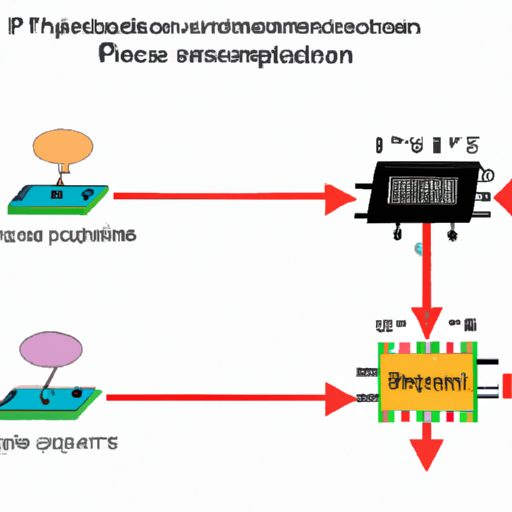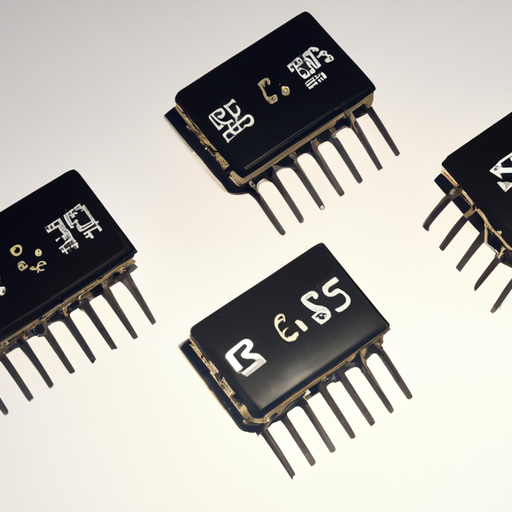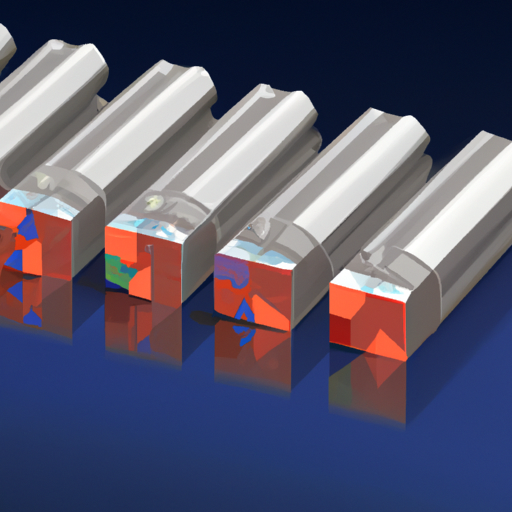Core Functional Technologies of Thin Film Capacitors
1. High Dielectric Constant Materials: Thin film capacitors leverage materials with high dielectric constants, such as tantalum pentoxide (Ta2O5) and aluminum oxide (Al2O3). This allows for increased capacitance values in smaller physical sizes, making them ideal for miniaturized electronic devices.
2. Low ESR and ESL: The low equivalent series resistance (ESR) and equivalent series inductance (ESL) of thin film capacitors enable them to perform well in high-frequency applications. This is particularly important in RF circuits, where signal integrity and power efficiency are critical.
3. Temperature Stability: Thin film capacitors are engineered to maintain stable capacitance across a wide temperature range, often from -55°C to +125°C. This stability is essential for applications in extreme environments, such as aerospace and automotive sectors.
4. Integration with ICs: The ability to integrate thin film capacitors directly onto semiconductor substrates allows for compact designs and improved performance in integrated circuits. This integration reduces parasitic effects and enhances overall circuit efficiency.
5. High Voltage Ratings: Thin film capacitors can be designed to withstand high voltage applications, making them suitable for power electronics, including inverters and converters used in renewable energy systems and electric vehicles.
Application Development Cases
1. RF and Microwave Applications: In RF and microwave circuits, thin film capacitors are used in applications such as tunable filters, oscillators, and impedance matching networks. Their low loss characteristics ensure minimal signal degradation, which is crucial for maintaining signal integrity in high-frequency communications.
2. Power Management Systems: Thin film capacitors play a vital role in power management systems, particularly in DC-DC converters and power supply circuits. Their ability to handle high ripple currents and provide stable energy storage makes them ideal for applications requiring efficient power conversion.
3. Consumer Electronics: In consumer electronics, thin film capacitors are utilized in power management ICs, audio processing circuits, and signal conditioning applications. Their compact size and high performance are essential for devices like smartphones, tablets, and wearables, where space is at a premium.
4. Automotive Electronics: The automotive industry increasingly relies on thin film capacitors for applications such as energy storage in electric vehicles, filtering in power electronics, and signal processing in advanced driver-assistance systems (ADAS). Their reliability and performance in harsh conditions make them suitable for automotive environments.
5. Medical Devices: In the medical field, thin film capacitors are used in diagnostic equipment, imaging systems, and implantable devices. Their high reliability and performance are critical for ensuring the safety and effectiveness of medical technologies.
6. Telecommunications: Thin film capacitors are essential components in telecommunications equipment, where they are used for signal conditioning, filtering, and energy storage. Their ability to maintain performance under varying conditions is crucial for ensuring high-quality data transmission.
Conclusion
Thin film capacitors represent a significant advancement in capacitor technology, offering high performance in compact sizes. Their integration into various applications, from consumer electronics to automotive systems, highlights their versatility and importance in modern electronic design. As technology continues to evolve, the demand for thin film capacitors is likely to grow, driving further innovation in materials and manufacturing processes. The combination of high capacitance, low loss, and temperature stability positions thin film capacitors as a key component in the future of electronic devices and systems.



